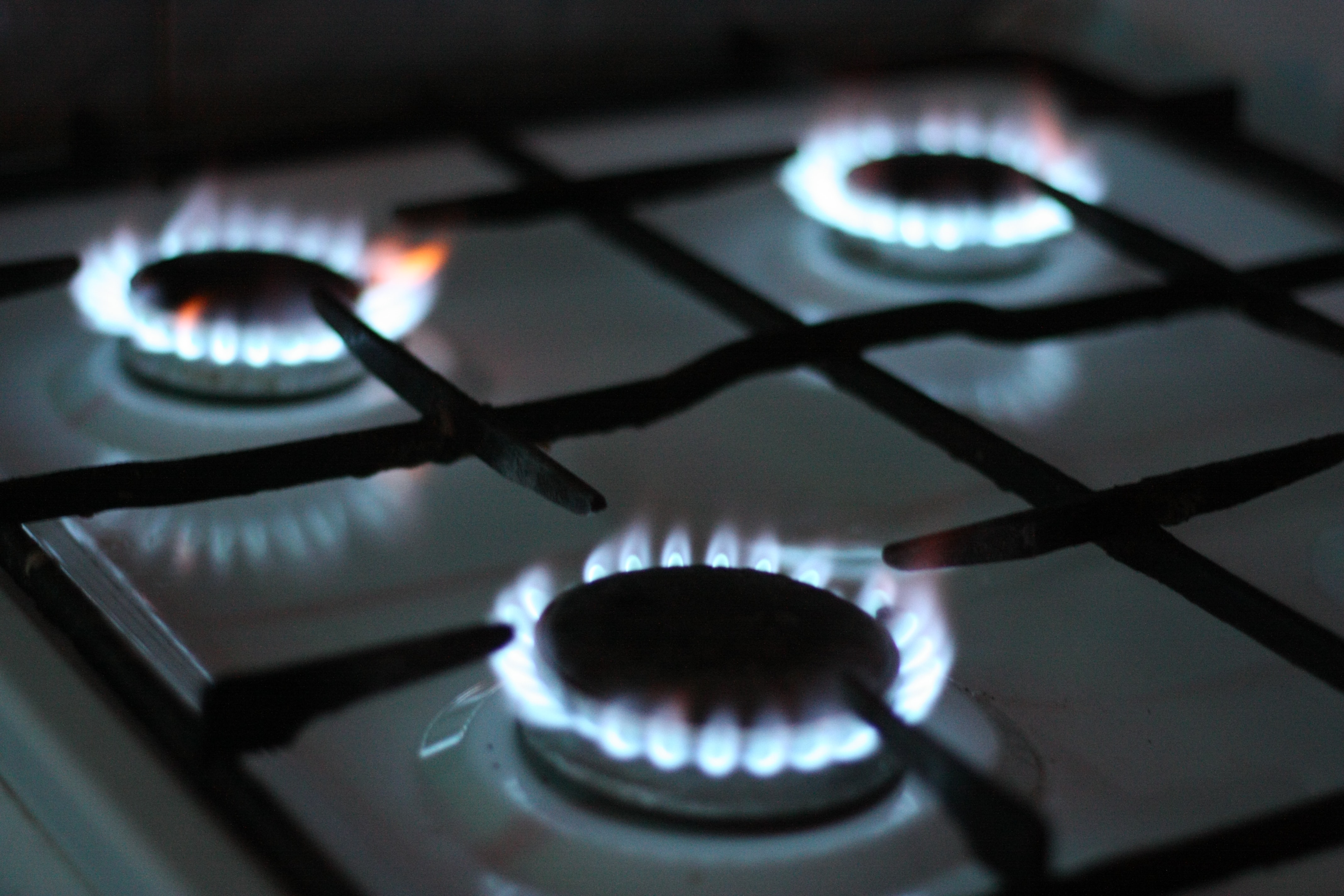At the moment, many people are concerned about high energy bills. With the current nice weather, this may not really be a problem, but next winter the heat will have to be turned down more often. The climate goals are also getting closer and the Russian gas tap is partially closed. Not only do households have to reduce their CO2 emissions before 2030, other sectors such as greenhouse horticulture and industry must also reduce their emissions. Enough reasons to look for sustainable alternatives. Geothermal energy will play an important role in that search.
Sustainable geothermal energy vs. cheap natural gas
Geothermal energy is a sustainable form of energy and is seen as affordable and one of the cleanest sources of heat. Warm water is pumped up from the underground. The heat that is subsequently extracted from the water is then distributed via heat networks to buildings and homes.
Geothermal energy is a renewable and sustainable way of extracting heat. And for these reasons:
Natural gas is a fossil fuel and is currently the most commonly used fuel in the Netherlands. Extracting natural gas is relatively easy and cheap, and it is also available in large quantities. However, natural gas is a non-renewable energy source. The combustion of natural gas releases CO2 and it also causes pollution. The use of natural gas does emit less CO2 and pollutants than the use of coal or oil, but it has many times more impact on the environment than non-renewable energy sources. In addition, there is a risk of subsidence and displacement due to the underground works to extract natural gas.
No more gass
Since natural gas is not a renewable energy source, the government has decided that the Netherlands should get rid of gas. Every region in the Netherlands has mapped out exactly how they will tackle this in the coming years. Geothermal energy as an energy source has a lot of potential in this regard. At present, geothermal energy provides only a few percent of the total energy demand in the Netherlands. Research shows that 26\% of the Dutch heat demand for homes can be solved with geothermal energy. For greenhouse horticulture this is no less than 58\% and for industry it is 28\%. Geothermal energy therefore has a great chance of contributing to the heat transition and the interest among municipalities in geothermal energy as a source for heat networks is increasing.
The municipality of Delft has also drawn up a heating plan to see how the city can be heated in a sustainable way. In Delft there are three important key projects that have a major impact on the Heat Plan: the Open Heat Network Delft (the 'open' heat network to be constructed in Delft), the construction of the WarmtelinQ (supply of residual heat from the port of Rotterdam) and the construction of Geothermal energy Delft. Realizing geothermal energy in combination with the heat networks can get thousands of households off gas. These projects can therefore help Delft enormously to realize the heat transition and reduce CO2 emissions.
Scaling up and process
In order to meet the heat demand of homes, greenhouse horticulture and industry with geothermal energy, a lot still needs to be done in the Netherlands. Even though geothermal energy is seen as promising by the House of Representatives and municipalities, it often takes a long time and it is expensive to actually build a geothermal power plant.
A lot has to be thought of before you have a geothermal power plant running, which just takes a number of years:
The potential of geothermal energy is therefore great and can contribute significantly to the heat transition of the built environment, greenhouse horticulture and industry. In the coming years, the sector will face a number of major challenges in making use of this large untapped amount. Fortunately, this switch from gas to geothermal energy will ultimately save us a lot of CO2 emissions and pollution and ensure a cleaner and more sustainable energy supply and thus the living environment.
